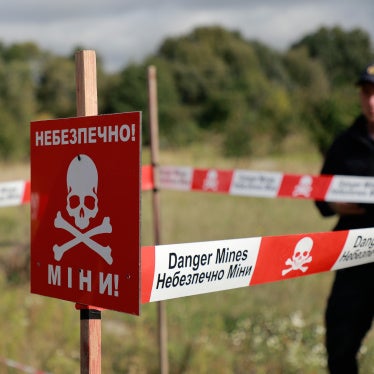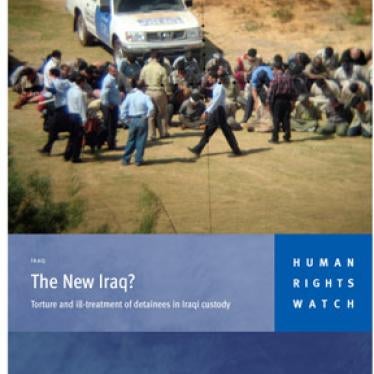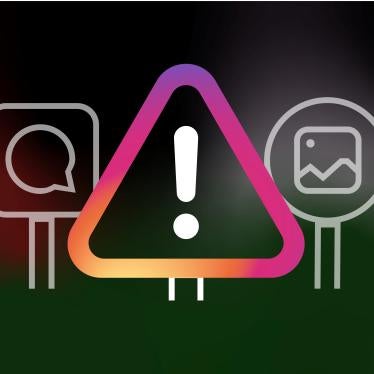The coming weeks are crucial for nations seeking to prevent harm from incendiary weapons, which burn their victims horribly and start fires that can destroy civilian objects and infrastructure.
States parties to the Convention on Conventional Weapons (CCW) will review CCW Protocol III on incendiary weapons at their Fifth Review Conference at the UN in Geneva in December. We urge you to condemn the use of incendiary weapons in civilian areas and to take bold action to address the shortcomings of the incendiary weapons protocol.
Since the last CCW review conference in 2011, the number of countries expressing concern at the harm caused by incendiary weapons has steadily increased. Many have also called for stronger international law.
Now it is time to move toward concrete action. At the CCW conference in December states should agree to devote time next year to revisit Protocol III, and they should work to strengthen existing restrictions.
Here at First Committee, we hope to hear from states seeking to address the challenges posed by incendiary weapons. They should make clear that they support CCW work on the issue and the calls for amendments to Protocol III.
States should also condemn the ongoing use of incendiary weapons in Syria, particularly the use of air-dropped incendiary weapons in civilian areas. Incendiary weapons have been used by the Syrian government since 2012, but their use has become more frequent since Russia began its operation with Syrian government forces a year ago.
Over the course of nine weeks, from June to August, Human Rights Watch documented at least 18 incendiary weapon attacks on opposition-held areas of Aleppo and Idlib. The total number was likely much higher as not all attacks are recorded. Less than two weeks ago, incendiary weapons set ablaze several buildings in Aleppo, including three hospitals.
Incendiary weapons inflict unimaginable pain and horrific injuries. Some victims are charred beyond recognition. Those who survive must undergo treatments that have been likened to being “flayed alive” and often experience psychological trauma and permanent disfigurement.
The weapons also cause destruction and terror. After an incendiary weapon strike in Idlib in August, a witness recalled that the flames spread for hundreds of meters. “The fire took over everything, houses, cars, oil tanks, and even grass.” Although the attack was at night, “it was so bright that you could see the buildings as if it was daylight.”
The witness of another strike that month recounted how panicking patients and medical staff rushed to escape a burning hospital in Daraya. Flames passed through air vents setting the operating room on fire. When volunteers tried to extinguish the fire with water, the heat merely made the water boil. The witness told Human Rights Watch, “[W]e got lost in the dust, the smoke, and the burning smell.”
Existing international law has proved inadequate to prevent such harm. CCW Protocol III restricts the use of incendiary weapons, but two major loopholes have undermined its effectiveness.
First, many states parties believe that the current definition does not cover multipurpose munitions, such as white phosphorus, because it is based on the purpose for which they were “primarily designed,” rather than on their effects.
White phosphorus is designed to serve as an obscurant and means of marking and signaling, but its effects are comparable to those of other incendiary weapons. According to media reports last month, the Saudi-led coalition has used white phosphorus munitions in Yemen, while US-backed forces have used white phosphorus in Iraq.
Second, Protocol III clearly prohibits the use of air-delivered incendiary weapons in “concentrations of civilians,” but contains weaker regulations for ground-launched models. Although the most recent attacks in Syria came from the air, they illustrate the problems of use in populated areas, and some previous attacks have been ground launched.
With political will, these loopholes in Protocol III would be simple to close. The definition should be based on the effects, rather than the design, of the weapons. At a minimum, the use of all incendiary weapons should be banned in concentrations of civilians. An absolute ban on the use of incendiary weapons would have the greatest humanitarian impact.
Amending Protocol III would not only bind CCW states parties with stronger law. It would also increase the stigma against incendiary weapons, thus discouraging any use, even by those outside the treaty.
At last month’s preparatory meeting for the CCW Review Conference in Geneva, Switzerland circulated useful language that could help advance efforts to address incendiary weapon concerns. The draft text calls on all parties to abide by Protocol III and notes the calls for dedicated discussions to consider whether Protocol III adequately protects civilians and combatants from the severe consequences of weapons with incendiary effects.
Agreeing to and building on this proposal is feasible—and it is imperative for any state seeking to increase protection of civilians from the dangers of armed conflict.
Thank you.








